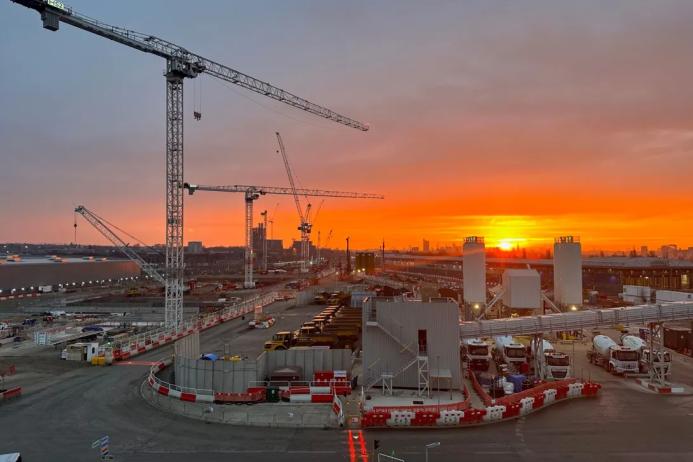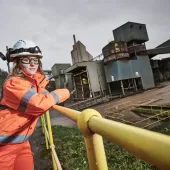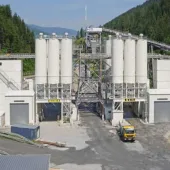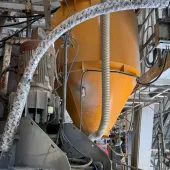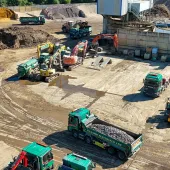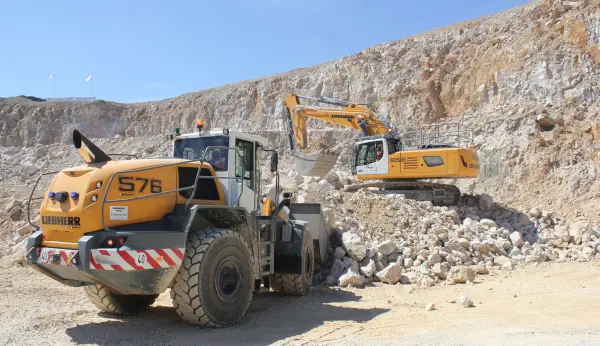Holcim UK build momentum on HS2 concrete supply
Construction materials firm supplies almost one million cubic metres of RMX concrete to key HS2 sites
HOLCIM UK have now supplied close to one million cubic metres of low-carbon ready-mixed concrete (RMX) to HS2, one of Europe’s largest infrastructure projects. The building materials supplier recently delivered a further 103,000m³ of RMX concrete for the construction of prefabricated tunnel sections in Birmingham, bringing its total contribution to approximately 900,000m³.
HS2 represents the future of rail travel in the UK and will provide high-speed rail connectivity between London and Birmingham when it becomes operational in the 2030s, creating thousands of jobs and delivering long-term benefits for the UK economy.
Holcim UK’s largest supply effort is focused on west Birmingham, where more than 500,000m³ of RMX has already been delivered. Supply to this and other northern sections of the route is supported by three local Holcim concrete plants. The proximity of these plants to the N2 segment has reduced average delivery distances to just two miles, cutting the carbon footprint of logistics while ensuring reliable and efficient supply.
Furthermore, the company has supplied around 300,000m³ of ready-mixed concrete to the landmark Old Oak Common railway station in west London – a major new transport hub being constructed as part of the HS2 network. An additional 30,000m³ of RMX concrete is scheduled for delivery to the site between now and 2030.
Since beginning work on HS2 in 2021, Holcim UK have also supplied more than two million tonnes of bulk fill aggregates to the project’s South (S1 and S2) and North (N1 and N2) segments. The company has additionally provided cement directly for tunnel grouting across the Central (C1) and northern sections of the line.
Andrew Hockey, HS2 operations director at Holcim UK, said: ‘We are delighted to have reached this significant milestone in our partnership with HS2. Forging vital partnerships like this is key to unlocking the potential we must make sustainable construction a reality across the UK. Collaborations of this scale are what truly drive the success of our industry and represent some of the nation’s most visible signs of progress.’

